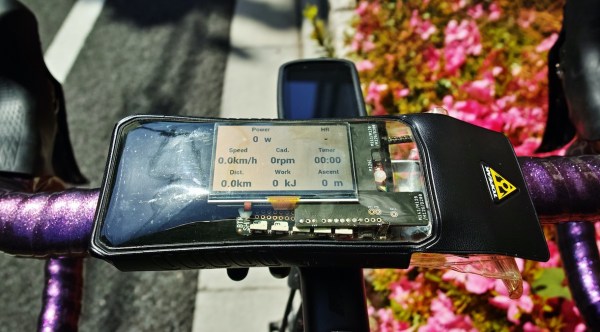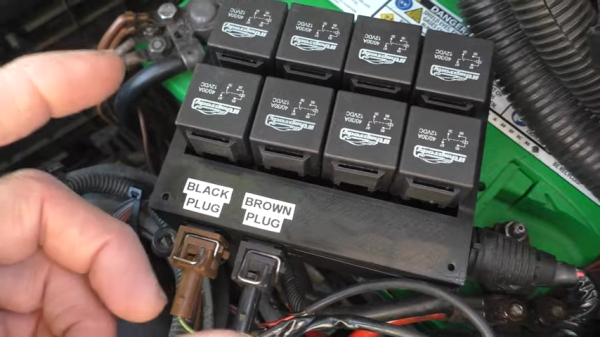Once you’ve seen a strandbeest, it’s hard to forget the mesmerizing movement of its mechanical limbs. [Adam Savage] built a pedal-powered strandbeest in (more than) one day in full view of the public at the San Francisco Exploratorium.
One of the biggest challenges with building strandbeests is the sheer number of parts required to build a walking machine. It becomes clear rather quickly how big of an advantage the wheel is for part count on a device. Add in a few seemingly small design errors, and you might not have any forward motion at all.
[Savage]’s build takes us through all the ups and downs of this process, including lots of wrenching, welding, and more sneakers than Squitter the Spider could wear. The final product is unwieldy, impractical, and beautiful. What more could a maker ask for?
If you need more strandbeest goodness, check out this more practical strandbeest bicycle, this strandbeest Venus rover concept, or Jeremy Cook’s talk about designing strandbeest bots.

















